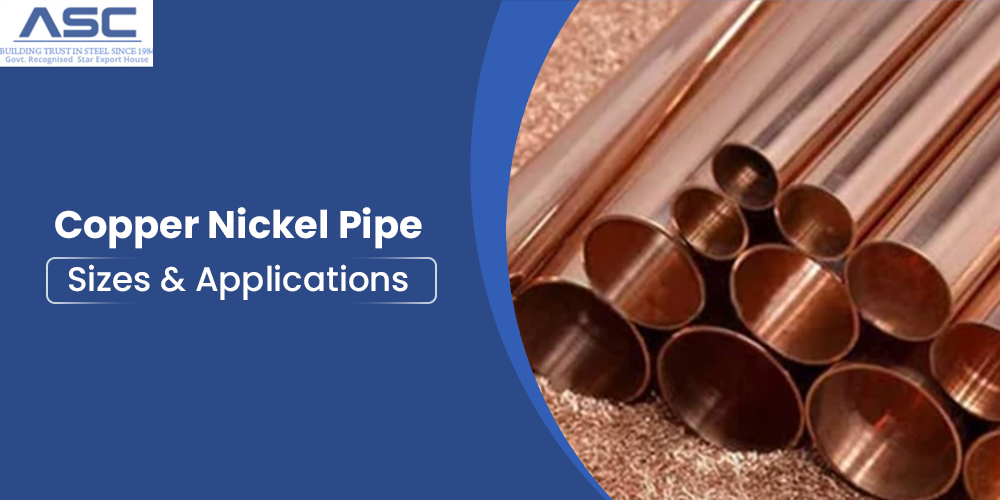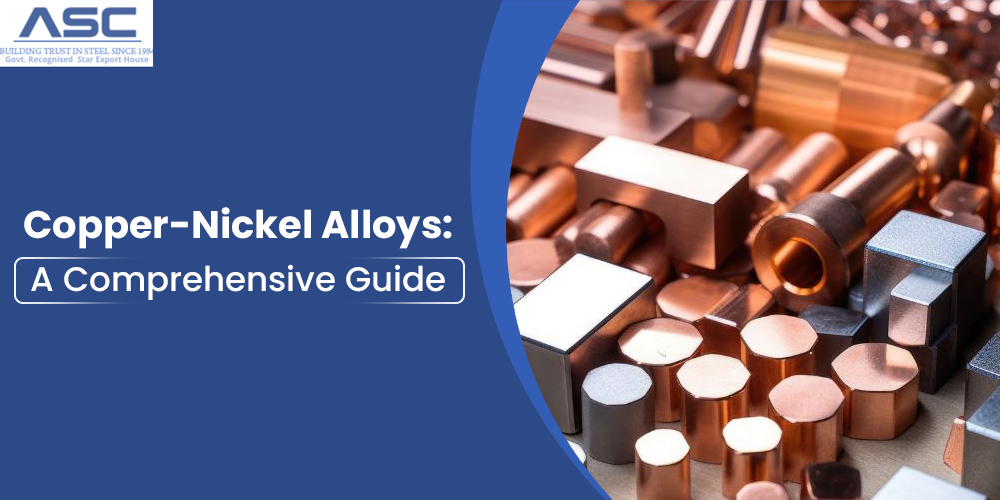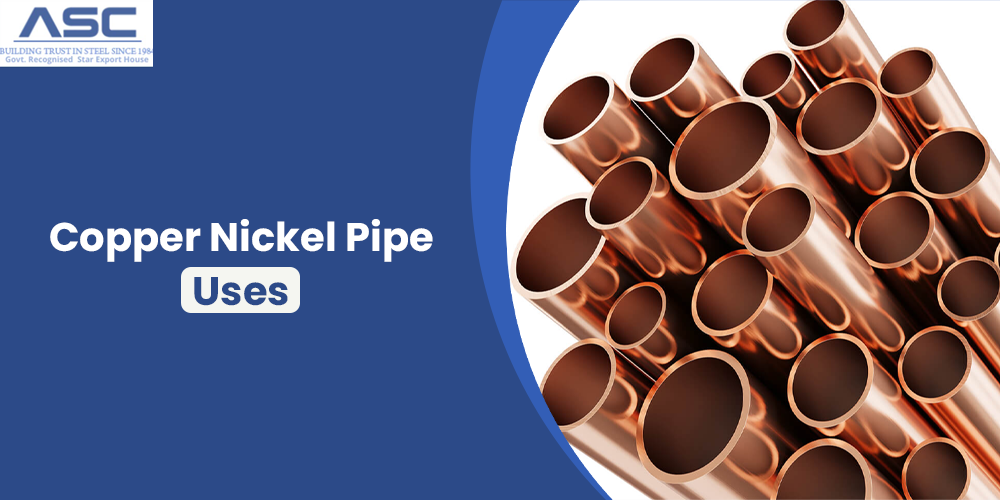Hastelloy vs Monel
by Dinesh
Posted on December 22, 2021 at 5:00 PM

The two most common types of nickel alloys are Monel and Hastelloy. In this blog article, we'll take a brief look at the qualities that make each alloy popular for various applications and discuss the pros and cons of each.
What is Monel?
Monel is a nickel-copper alloy that was initially designed to replace copper in the electrical industry. It is relatively easy to produce, has excellent corrosion resistance, and doesn't react with sulfuric acid. Monel-clad steel pipes are still in use in municipal water systems due to their corrosion resistance to chemicals like chlorine.
What is Hastelloy
As a nickel-based steel alloy, Hastelloy is one of the best available, and it offers excellent resistance to rust. Hastelloy has a unique combination of properties that make them far more resistant to corrosion than traditional alloys. Chromium/nickel/molybdenum alloys of the Hastelloy family are ideal for use in extremely aggressive chemical environments because they can withstand high temperatures.
Differences between Monel and Hastelloy
Monel and Hastelloy are two different types of nickel-copper alloys. Monel is more corrosion resistant, but it is less heat-conductive. It also has a lower melting point. This makes it perfect for high-temperature uses such as stove tops and gas pipes. But if you want a material with a higher melting point, you would be better off choosing Hastelloy because it can withstand very high temperatures without losing any strength or corrosion resistance. Monel is a nickel-copper alloy that resists corrosion in acidic environments. It can be used in piping, valves, and other fluid transfer components.
Monel parts are also good for use in high-temperature applications. Hastelloy is an alloy of nickel, chromium, and molybdenum. It provides the right mix of both tensile strength and corrosion resistance for most industrial applications. Monel is a family of iron-nickel alloys containing nickel and copper, called cupronickel. Monel metal is nonmagnetic and resistant to corrosion in seawater. Hastelloy is a family of nickel-based superalloys, with a percentage of cobalt, titanium, iron, and molybdenum making up the composition. Hastelloy has a much higher nickel content than Monel. Monel is a nickel-copper alloy, and Hastelloy is a series of alloys containing nickel and several other metals. Monel has a low voltage coefficient and is resistant to most corrosive environments. Whereas Hastelloy is designed for applications in high-temperature, oxidizing environments.
When to use Monel vs. Hastelloy
Monel metal is primarily used in acidic environments, while Hastelloy is used in more severe environments. Monel metal is highly resistant to corrosion and can be used in water, acid, or salt solutions. Hastelloy can be used at pressures up to 10 times that of Monel metal and it also has better resistance to thermal shock. Monel is best for applications where material corrosion resistance is important. It is more resistant to many chemical agents than aluminum or stainless steel, and it is also more corrosion-resistant under boiling water. Monel has a high melting point. Hastelloy is used in applications where its high strength and corrosion resistance are the most important considerations. Hastelloy has a low melting point. Monel and Hastelloy are both nickel alloys, but Monel is more corrosion resistant than Hastelloy because it contains copper. Monel is a nickel-based alloy that has excellent corrosion resistance, but it's quite expensive. Hastelloy is a nickel-molybdenum alloy that also resists corrosion, but it's more affordable. Monel is often used in high-temperature applications because of its high melting point. If you need to replace or repair Monel components, you should use the same material so the original properties are not compromised.
Conclusion
Monel is a copper-nickel alloy that has good corrosion resistance to many corrosive substances. Hastelloy, on the other hand, is a nickel-based alloy that is potent up against much higher temperatures. Alloys are usually much stronger than pure metals because they can be designed to have much higher strengths by mixing the elements creatively. Monel is a metal that is used in high-temperature applications. Monel has strong oxidation resistance, but it does not handle corrosion well. Hastelloy is an alloy of nickel and copper, so it has great resistance to oxidation and corrosion. Monel is a nickel alloy while Hastelloy is made of nickel, copper, and chromium. Monel is more resistant to corrosion while Hastelloy is stronger.
Amardeep steel is a supplier of Hastelloy, Monel, and other steel items and guarantees that its products pass a series of tests to ensure that they are pure and high-quality. For more updates, you can read our other blogs on our website and gain a deeper understanding of our products for your next business needs.


